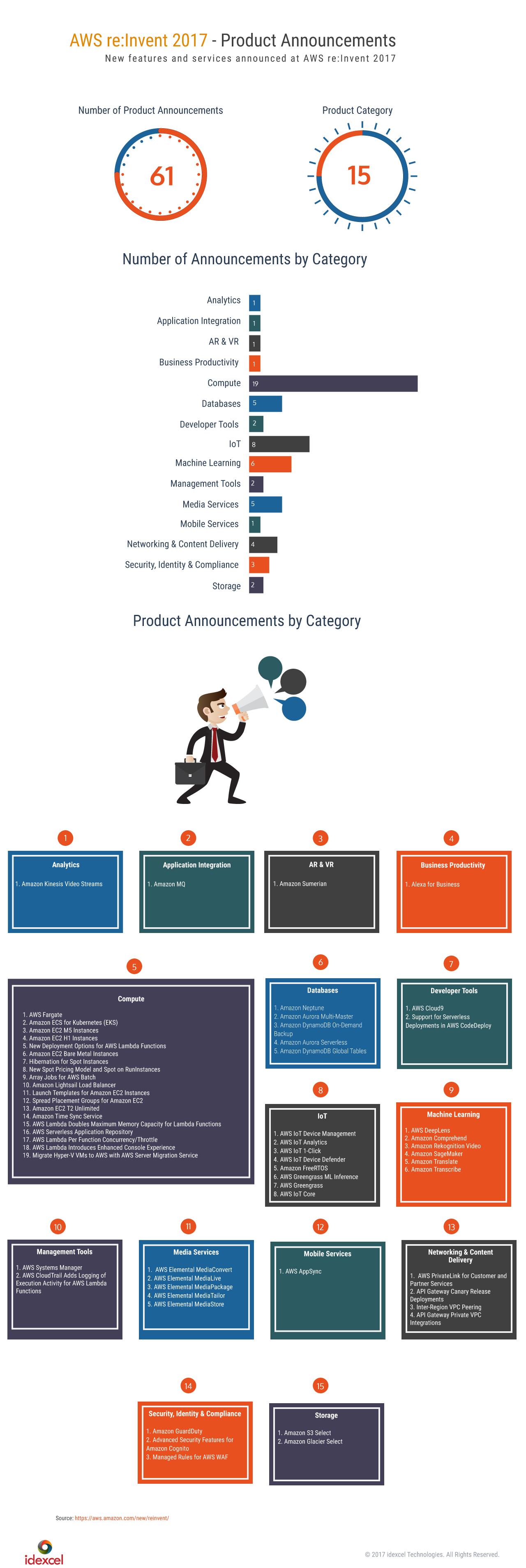
It’s a well-known fact that handling multiple servers can be a painful experience, especially in the short run. Multiple servers mean multiple developers will need to work on the same code, making the code repository difficult to handle in the long run. One of the biggest disadvantages in the long run is the resiliency, which causes the whole back end to get bogged down, making the website crash and slow down eventually.
What are AWS Microservices?
The microservices architecture has been designed to solve all forms of front end and back end issues. The back end is wired to communicate with various small services through a network of HTTP or other messaging systems. Since the setup is rather elaborate, the whole procedure is time consuming and can take considerable time to setup. Post the setup formalities, a developer can benefit immensely by optimizing work through work parallelization and improved resiliency. Each developer can access and develop their own microservice, without worrying about code conflicts.
What does going Serverless mean?
The concept of going serverless is relatively new and has seen the day of light just recently. In an ideal situation, the traditional back end was deployed on a group of servers. Such an approach had its own set of advantages. It allowed the developers to control their own servers along with the infrastructure behind it. However, like everything else, it contributed a lot towards the cost, making it an inefficient solution for companies. Add a set of engineers to build, maintain and run the infrastructure, and your budget will increase manifold.
With the introduction of the serverless technology, all these problems can be solved considerably. You can make use of a service which will run your code, as well as take care of all your maintenance issues. What you do end up paying for is the time it usually takes to process each request thrown at the code. For this purpose, AWS offers the AWS Lambda service, which is somewhat similar to the functionality of Microsoft’s Azure Function and Google’s Cloud Functions.
What Services aid the Serverless Microservices?
Amazon API Gateway: API is a gateway service that offers the option to use a configurable REST API in the form of a service. You get to author your needs and create it in the form of a code. Say, for example, you decided what would happen if a particular HTTP Method is implemented and called on a certain HTTP Resource. In this case, say you want to execute and implement a Lambda function if the HTTP request comes through. API Gateway helps in mapping input and output data through a series of formats. Thankfully API Gateway is a fully fledged service, which is managed extensively, allowing you to pay for only what you use.
AWS Lambda Services: Being a pay as you go service, AWS Lambda is a well-managed service hub. It allows you to get rid of over provisioning costs, as well as avoid the need of any boot time, patching, as well as load balancing.
Amazon DynamoDB: Amazon DynamoDB is a document store wherein you can look up values through their key values multiple Availability Zones or data centers to bring about a subtle consistency. Like Lambda, it too is a 99% managed service, while the remaining 1% is free to perform reading and writing of code.
The Request Flow and how it Works with Microservices
In an ideal situation, it’s imperative to understand how the data flows through serverless microservices. The user’s HTTP hits the API Gateway; the API Gateway checks the HTTP request and figures if the request is valid or not. Through this approach, it makes multiple requests within the database and executes the business logic.
Another system which aids the processing of information within the serverless environment is the AWS CloudWatch. The AWS CloudWatch stores metrics in the form of numbers and text information in the form of logs. It also allows you to define your alarms over your metrics. At any given point of time, if your system begins to default, you can get an instant notification of the default using AWS SNS, making the process seamless and streamlined.
Summary
AWS Microservices are well balanced and fully managed, thereby allowing you to concentrate on performing multiple forms of other operational tasks. Through the concentration on other important tasks, the functionality of the code can be improved manifold, as it is performed through a series of automated tasks.
Related Stories
Microservices Architecture Advantages and Challenges
microservices building an-effective business model with aws architecture






